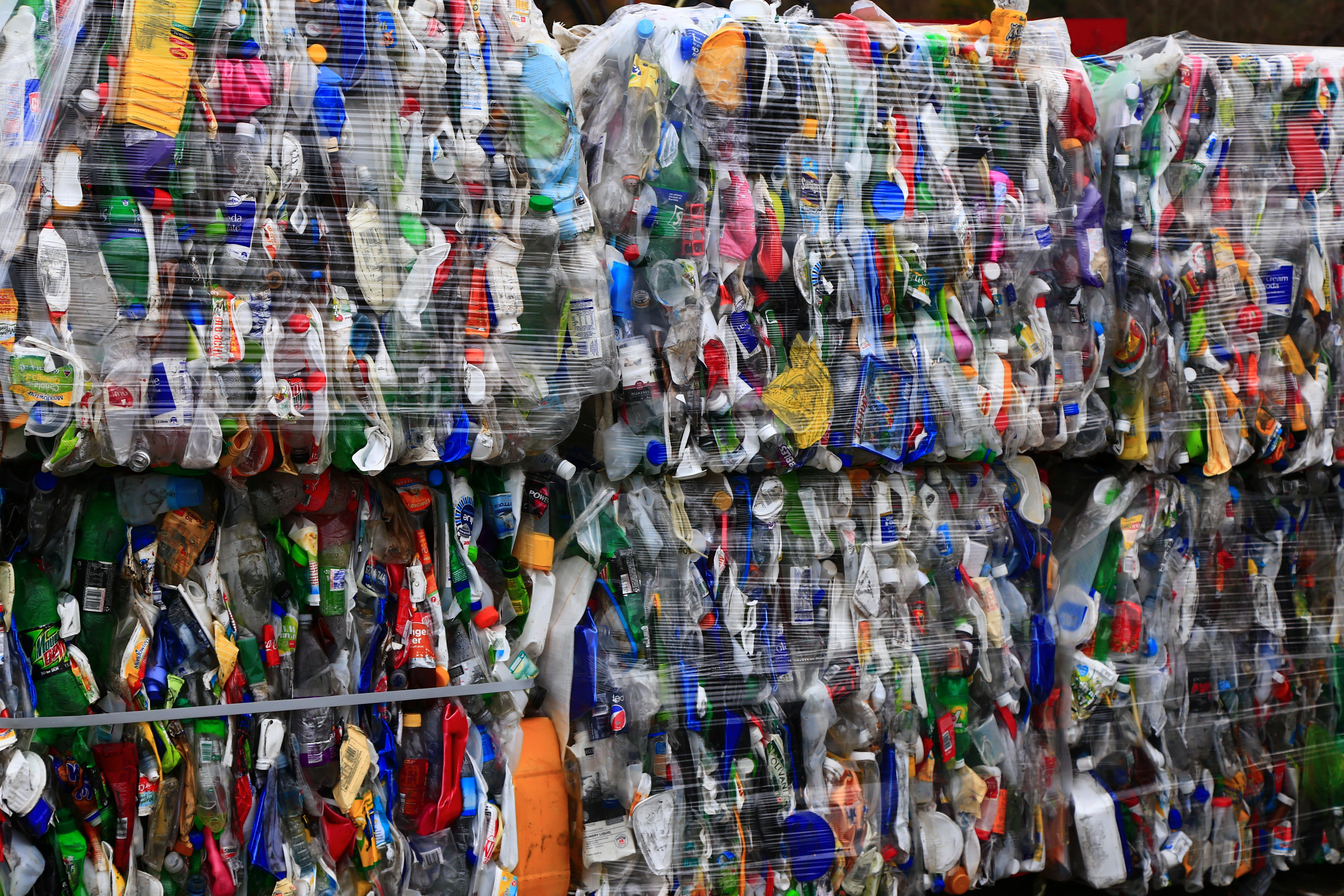In the last decade, the existence and mind-blowing extent of illegal plastic waste dumpsites in waste importing countries has become common knowledge. Bloomberg, BBC, The Guardian, CNN, amongst others, are reporting of plastic waste exports – or rather of cross-border plastic waste dumping.
As recycling goals become more ambitious and plastic production increases, the issue of waste dumping and export of negative externalities will most likely also increase - unless the sustainability of plastic waste management is incrementally improved. The current national and international circularity and sustainability targets are based on the share of plastic waste sent for recycling – not on the share that is actually recycled to new materials. To be fair, no-one knows the actual recycling plastics rates, making it impossible to measure the development of them. Therefore, plastics’ value chains need to be made more transparent and new ways to measure the sustainability of plastics’ management need to be developed.
A recent study I co-authored introduces a solution to the lack of transparency and lack of systems thinking in plastics recycling; the Small Circles concept (SC). SC suggests a new circularity indicator that includes two new parameters; the physical distance waste is transported (CO2 emissions from transport) and the quality of waste management in the destination country (according to the waste hierarchy). Current sustainability indicators do not consider the destiny of the waste once it’s left the primary waste management plant or crossed a border. The SC concept suggests that countries relying on waste exports for their recycling should be penalized for their inability to manage waste locally and countries taking responsibility for their own waste should be rewarded.
The idea of the SC indicator is simple, yet the implementation of it is complex. As mentioned, there is currently no reliable data on what happens to plastic waste once it’s exported. The complexity of the current waste trade patterns adds also to the complexity of gaining data on the negative externalities caused by waste management. Countries may be both importers and exporters of waste and the means of transport may vary (e.g., road, rail, sea freight), making the impact from transport difficult to estimate. The data limitations regarding the feasibility and sustainability of the waste management processes also limit the accuracy of the SC indicator.
The current trade patterns between high- and lower-income countries have been shaped for decades and are therefore hard to break. Keeping prices low for European companies to export waste to Asia is in the interest of shipping lines, as the alternative is to sail empty containerships back from Europe. Due to these convenient trade relationships, recycling infrastructure remains immature in many OECD countries. However, SC is in line with the European Strategy for Plastics in a Circular Economy, which aims to improve local recycling capacity and create up to 200,000 local jobs within waste management.
There are several other benefits to developing more localized recycling systems; taking responsibility for a country’s own waste is likely to help reduce the amount of waste produced locally as exporting plastic waste creates artificially clean environments, encouraging excess plastic consumption. The SC concept and improved transparency of plastics’ value chains can also contribute to reduction in negative externalities caused by waste exports, creation of eco-industrial networks, and improved flexibility of and control over value chains (importance of which was especially visible during the Covid-19 pandemic).
Even if the implementation of the indicator and development of “small circles” would be challenging given the current lack of data on waste treatment and complexity of the plastics value chains, we believe that the long-term ecological, economic, and social benefits will outweigh the initial costs of implementing more localized recycling systems by far. In conclusion, the true costs of our plastic consumption need to include the negative externalities caused by plastic waste transports if we are to create truly circular plastics economies.
#vilma #havas
